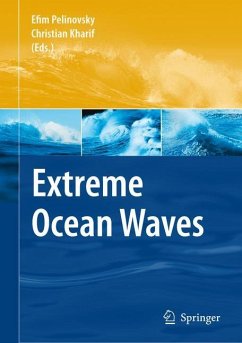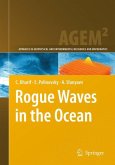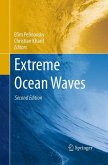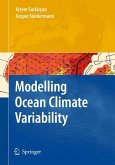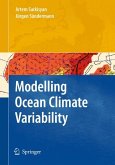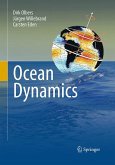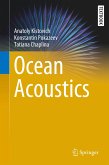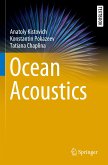Extreme, freak or rogue waves are produced by a number of physical mechanisms that focus the water-wave energy into a small area, due to wave instability, chaotic behaviour, dispersion (frequency modulation), refraction (presence of variable currents or bottom topography), soliton interactions, etc.
During the past thirty years a number of physical models of the rogue wave phenomenon have been intensively developed. Numerous experimental, statistical and theoretical investigations are intended to understand the physics of the huge wave formation, its relation to the environmental conditions and to provide a freak wave design for engineering purposes. The book details the vast progress that has been achieved in the understanding of the physical mechanisms of rogue wave phenomenon in recent years. The selected articles address such issues as the formation of freak waves due to modulation instability of nonlinear wave field, physical and statistical properties of rogue wave generation in deep water and in shallow water, various models of nonlinear water waves, special analysis of nonlinear resonances between water waves and the relation between observations and freak wave theories.
The book is written for specialists in the fields of fluid mechanics, applied mathematics, nonlinear physics, physical oceanography and geophysics, and for students learning these subjects.
During the past thirty years a number of physical models of the rogue wave phenomenon have been intensively developed. Numerous experimental, statistical and theoretical investigations are intended to understand the physics of the huge wave formation, its relation to the environmental conditions and to provide a freak wave design for engineering purposes. The book details the vast progress that has been achieved in the understanding of the physical mechanisms of rogue wave phenomenon in recent years. The selected articles address such issues as the formation of freak waves due to modulation instability of nonlinear wave field, physical and statistical properties of rogue wave generation in deep water and in shallow water, various models of nonlinear water waves, special analysis of nonlinear resonances between water waves and the relation between observations and freak wave theories.
The book is written for specialists in the fields of fluid mechanics, applied mathematics, nonlinear physics, physical oceanography and geophysics, and for students learning these subjects.
From the reviews:
"Throughout the book, in fact, the reader will find a combination of theoretical and statistical/empirical treatment necessary for the complete examination of this subject. ... Overall, 'Extreme Ocean Waves' is a valuable contribution to the literature on wave theory and statistics, helping fill an important gap in our knowledge of a variety of unusual waves. It should be of great interest to scientists and engineers studying physical oceanography, wave dynamics and observations, nonlinear physics, and applied mathematics." (Eric L. Geist, Pure and Applied Geophysics, Vol. 168, 2011)
"Throughout the book, in fact, the reader will find a combination of theoretical and statistical/empirical treatment necessary for the complete examination of this subject. ... Overall, 'Extreme Ocean Waves' is a valuable contribution to the literature on wave theory and statistics, helping fill an important gap in our knowledge of a variety of unusual waves. It should be of great interest to scientists and engineers studying physical oceanography, wave dynamics and observations, nonlinear physics, and applied mathematics." (Eric L. Geist, Pure and Applied Geophysics, Vol. 168, 2011)

